Jimin’s journey to stardom is more than just a K-pop fairytale—it’s a chronicle of relentless passion, raw vulnerability, and unwavering grit. From a boy inspired by anime hero Zoro to a global icon commanding sold-out arenas, Jimin’s path is a testament to how obsession and hardship can carve out a legacy beyond talent alone.
nspired by Zoro, Jimin Dreamed of Mastery
Before dance ever entered the picture, Jimin’s world revolved around martial arts. Training in taekwondo and kendo since he was young, he spent over seven years aspiring to be the greatest swordsman—his hero being Zoro from One Piece. But destiny had different plans.
Everything changed when he stumbled into a breakdancing class at school. What began as a fun way to impress friends soon became something deeper for Jimin. “When I dance, I don’t think of anything. I feel so free and happy,” he once reflected, showing how dance became both his escape and his new dream.
From Busan to Seoul: The Road to an Idol Dream
In middle school, Jimin shifted gears, diving into popping and quickly becoming a competition regular. Everything crystallized when he saw Rain perform—his heart told him he had to be on that stage someday.
At 15, he boldly told his father, “Dad, I’m going to be a singer. Please trust me.” Since Busan lacked the right programs, his teacher introduced him to contemporary dance. Jimin pushed his body to its limits, bursting a blood vessel in pursuit of flexibility.
His hard work paid off—he topped his class and entered Busan High School of Arts. Not only did he master ballet and contemporary dance, but he also thrived academically, all while building a style that blended precision and emotional depth.

The Last Piece of BTS: A Risky Debut
On his teacher’s advice, Jimin auditioned for BigHit Entertainment and passed—beating out 1,000 applicants. But as the last member added, he faced the highest stakes. His teacher even tried to dissuade him from becoming an idol, fearing the industry would waste his talent. Still, Jimin stood firm: “I want to be the best singer.”
Trainee life in Seoul was brutal. Used to contemporary flow, he struggled to adapt to BTS’s sharp choreography. He often practiced until dawn, collapsing on the floor for rest. Eight times, he came close to being cut. Yet he kept going, telling his father, “If I don’t debut, don’t be disappointed.”
When he finally did debut—as BTS’s final member—he became the missing puzzle piece that would help complete the world’s biggest boy band.
A Star Born in Sweat, Tears, and Insecurity
Even after debuting, Jimin’s doubts haunted him. Convinced he was the weak link, he often stayed late to practice alone. One early stage ended in tears as he broke down, crying to Suga, “I can’t sing.”
Despite his fears, BTS earned the Rookie of the Year award. During their first fan meeting, Jimin sobbed while reading a heartfelt letter—still battling self-doubt. RM would later speak about how harsh Jimin was on himself during those years.
Building a Stage Legend: From “Danger” to “Lie”
Jimin’s commitment was relentless—he trained for up to 16 hours a day. He was the force behind the “Danger” killing point and his iconic shirt-rip at the 2014 MAMA performance of “Boy in Luv.”
As BTS matured, so did Jimin. During “I Need U,” he softened his movements, using his contemporary background to elevate the stage. His viral performance of “Perfect Man” cemented him as a standout, even among non-fans.
Still, his emotional walls occasionally cracked. At the end of 2015, he wished for “a less difficult year,” later revealing how emotionally exhausted he had been.
The Rise of Solo Jimin
During the Wings era, Jimin released his first solo, “Lie,” blending haunting vocals with modern dance. Writing lyrics exposed his insecurities. Even praise—like being told he had a “good voice”—made him doubt himself.
“Maybe I don’t have talent, so I’ll just practice more,” he once said. He even considered pausing BTS’s activities for vocal training. Yet, he pushed forward—rapping on “Tony Montana” with Suga and landing a perfect 360° spin during MAMA 2016. Critics began calling him “not human” for his performance precision.
Fan Threats, Tears, and Global Breakthroughs
Success didn’t erase hardship. During the Wings Tour, Jimin battled vocal strain and a terrifying moment—a death threat surfaced at a U.S. concert, complete with a photo of a gun and seat chart. Quick action prevented tragedy, but the emotional toll lingered.
Still, he pressed on. BTS snagged their first Billboard Award and later stormed the Hot 100 with “DNA” and “Mic Drop.”
A Legacy Built on Effort
Jimin’s journey to stardom reflects the kind of perseverance that defines legends. From a child dreaming of Zoro’s sword to a performer nicknamed a “living sculpture,” his path was forged not by luck—but by obsession, heartbreak, and unmatched dedication.
He once told his dad, “If I don’t debut, don’t be disappointed.” Not only did he debut—he rewrote K-pop history. In every movement, every lyric, Jimin carries the story of a dream that refused to die. For more about BTS, do check out the link below.



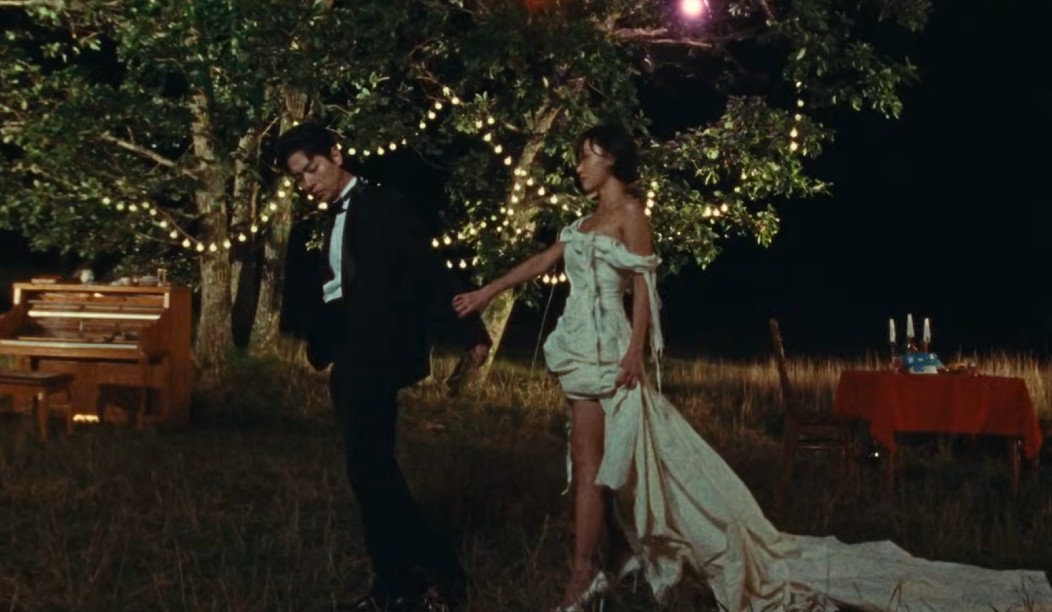
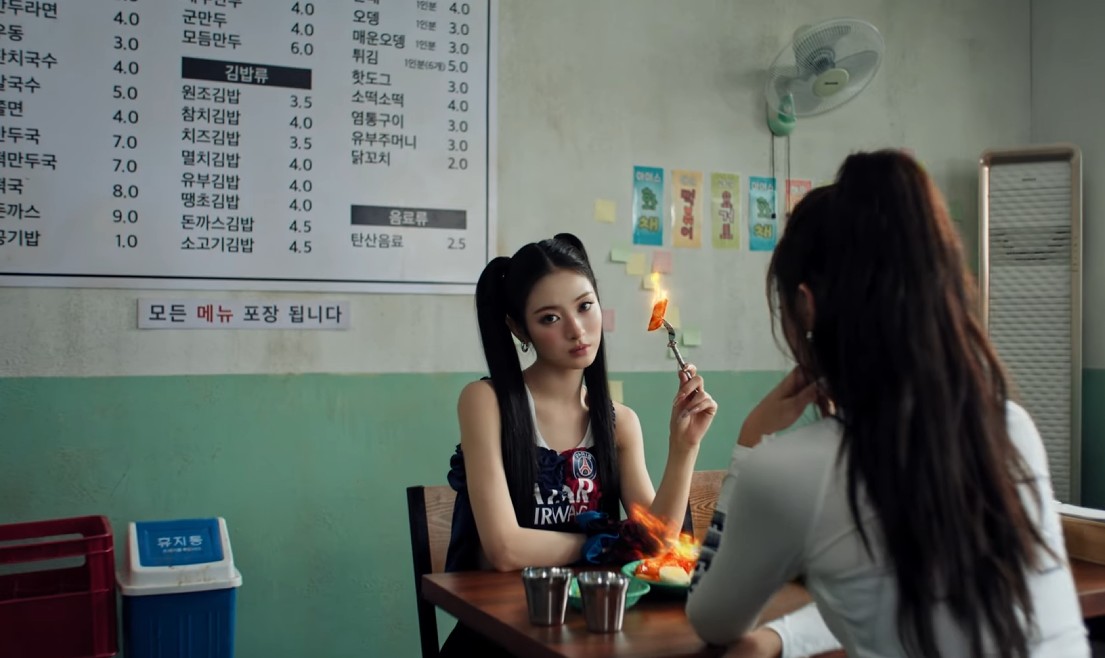



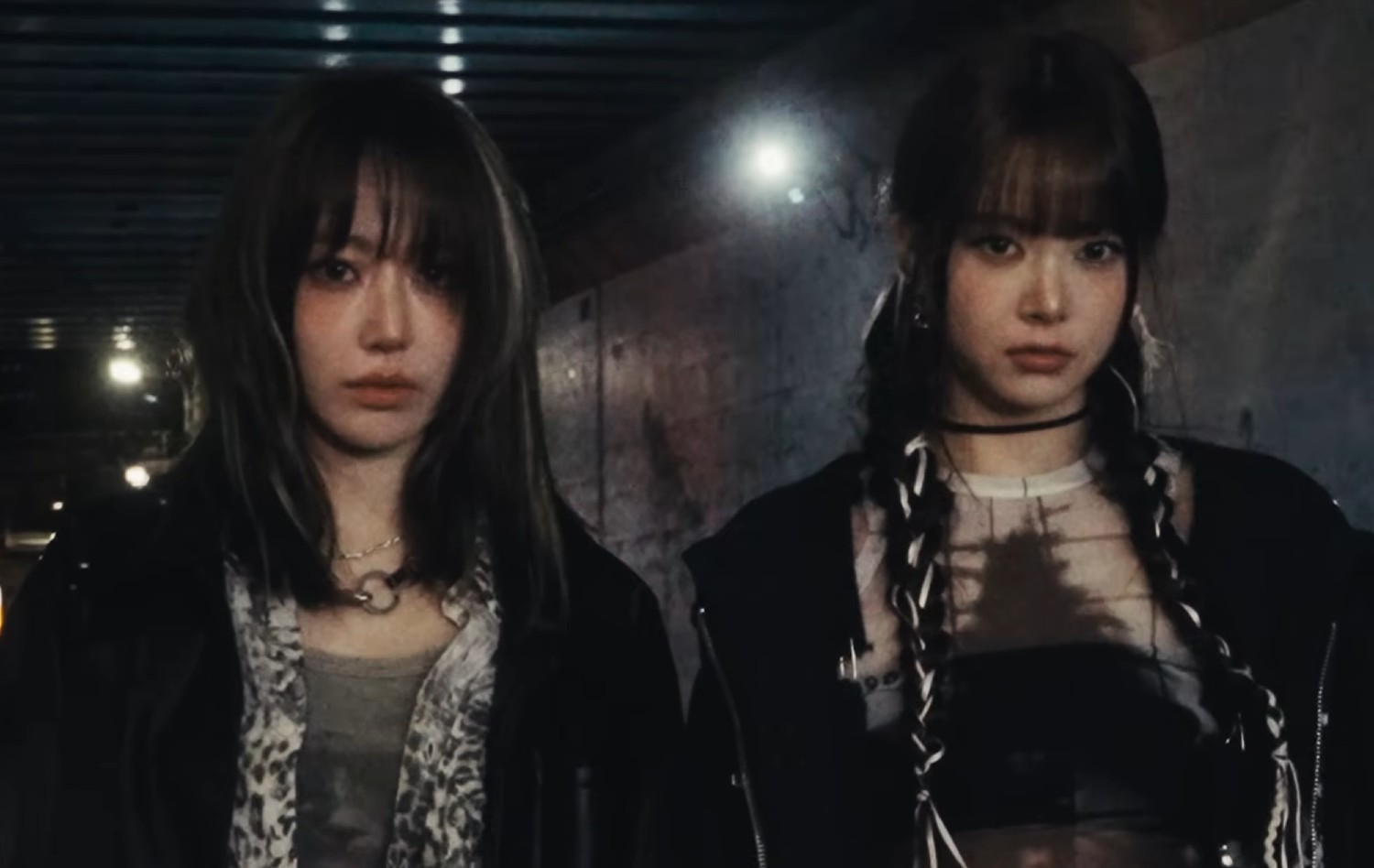

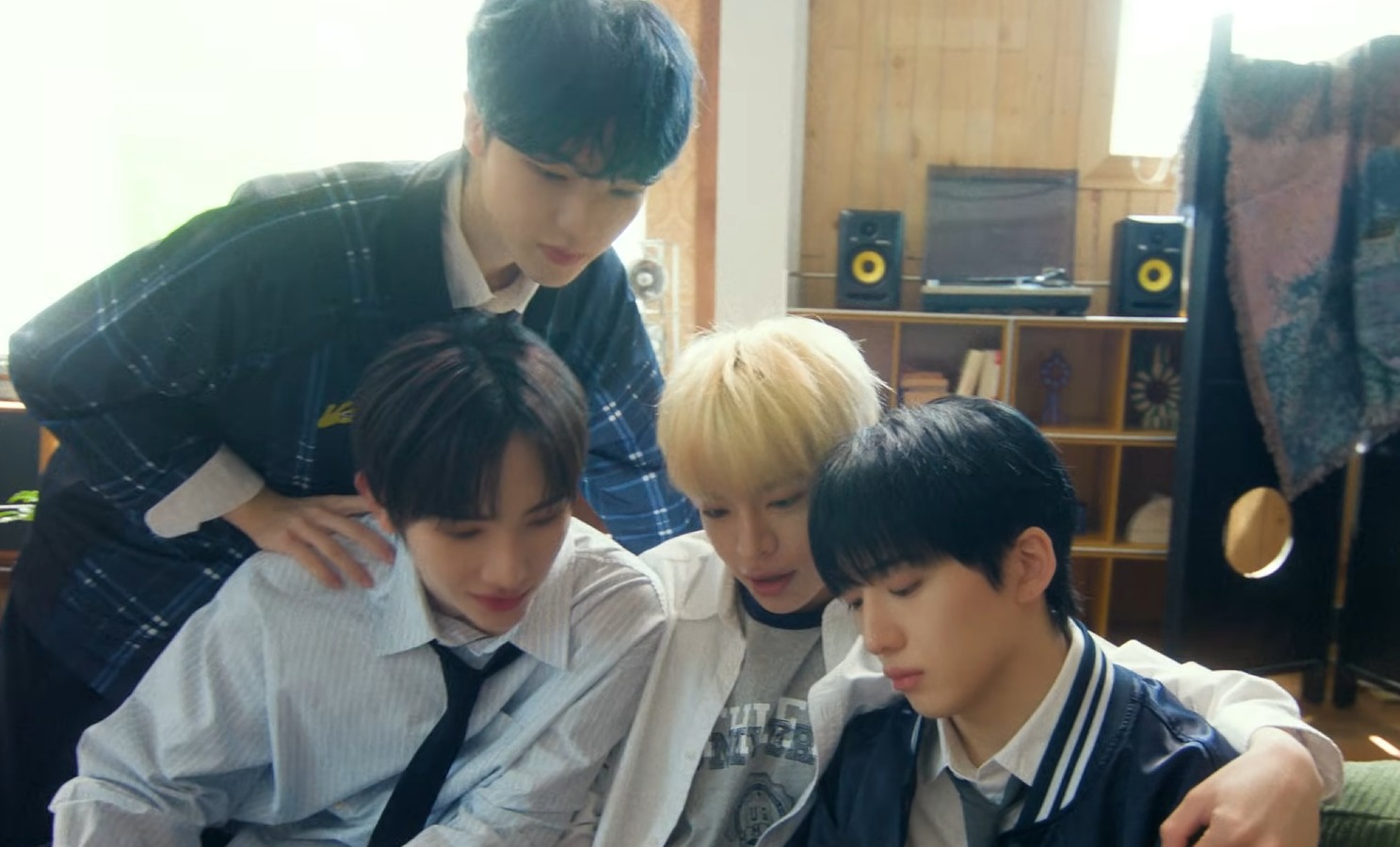
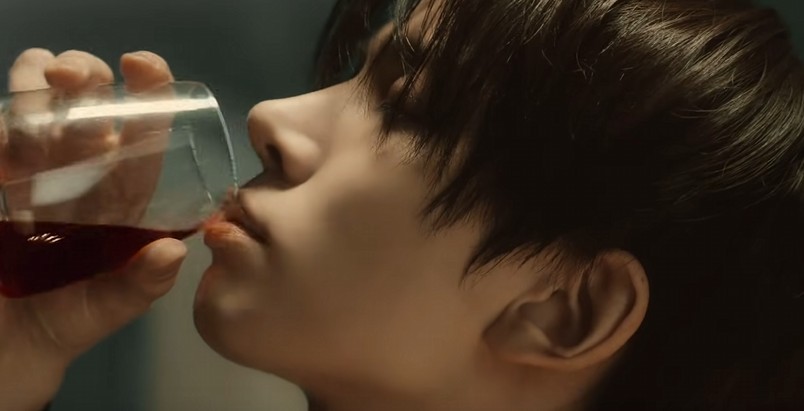


Leave a Reply